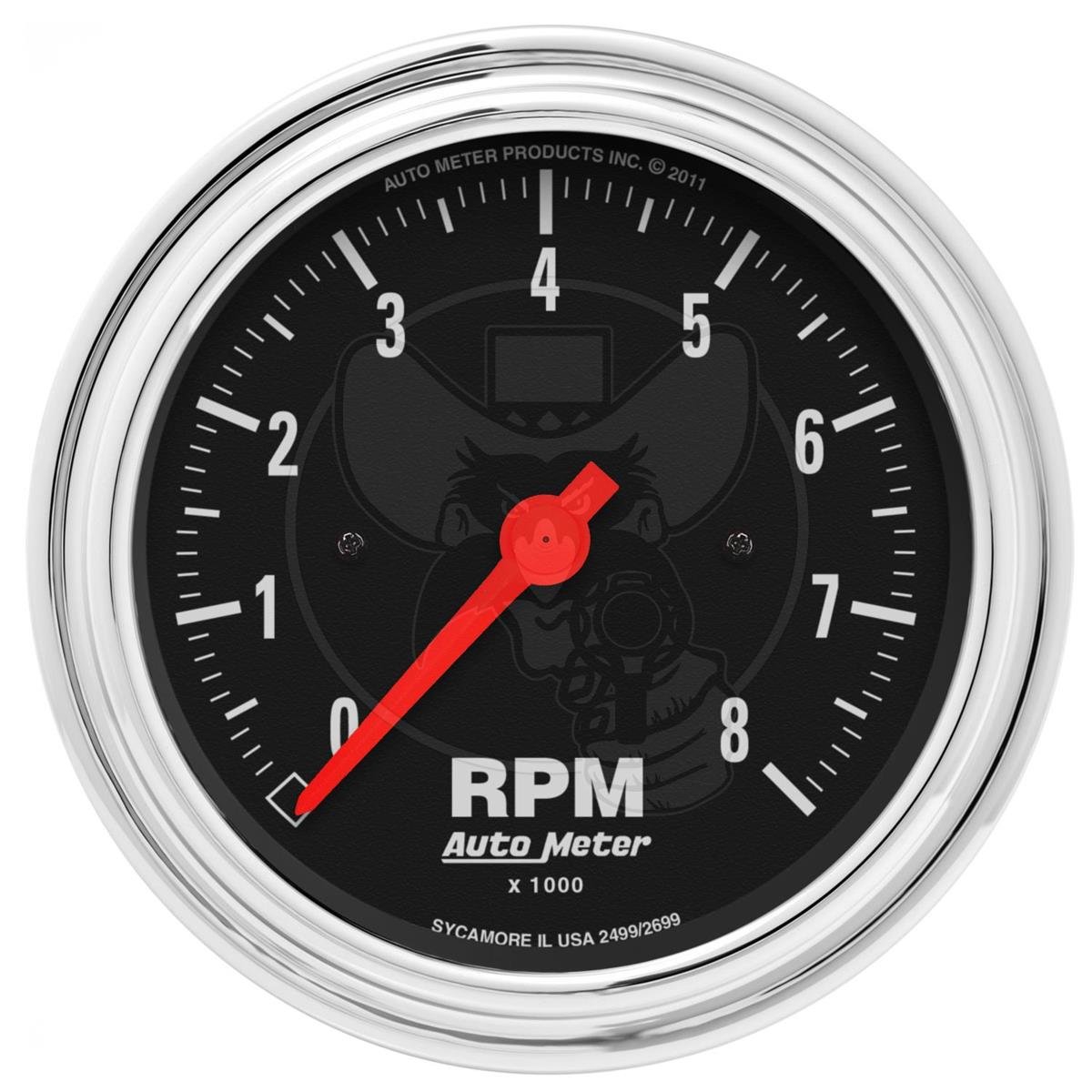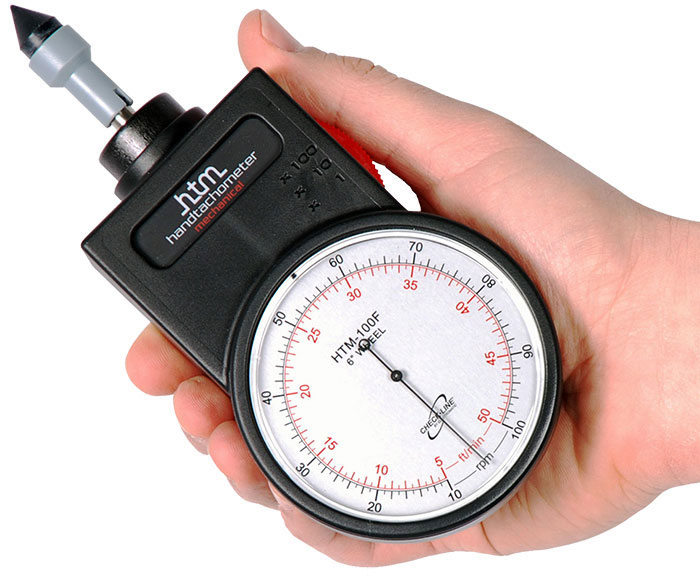Comprehensive Guide to Comprehending and Making Use Of a Tachometer Effectively
Comprehensive Guide to Comprehending and Making Use Of a Tachometer Effectively
Blog Article
The Significance of a Tachometer in Checking Engine Rate and Performance in Automotive Applications
In the world of auto engineering, the tachometer stands as a critical instrument in the driver's arsenal, supplying a straight home window right into the internal functions of a lorry's engine. Beyond its function as a simple gauge of transformations per minute (RPM), the tachometer offers as a crucial tool for enthusiasts and professionals alike, providing real-time insights into engine performance and health.
Significance of Keeping An Eye On Engine RPM
Checking engine RPM, or changes per min, is an essential facet of auto maintenance and performance assessment. Engine RPM directly associates with the rate at which the engine's crankshaft revolves, suggesting exactly how promptly the engine is running - tachometer. By monitoring RPM, technicians can analyze the wellness of the engine, identify prospective problems, and fine-tune performance. An uncommon RPM analysis might signal problems such as engine misfires, damaged ignition system, or problems with the fuel delivery system. Consistently high RPM analyses might indicate hostile driving routines or the requirement for a greater gear shift to boost fuel efficiency.
Moreover, keeping track of engine RPM is essential for efficiency evaluation in auto racing and high-performance cars. Maintaining ideal RPM degrees is important for achieving peak power outcome and acceleration. Racers usually make use of tachometers to ensure they are running within the optimal RPM range for maximum performance. In summary, monitoring engine RPM is not only essential for discovering issues however additionally for enhancing engine efficiency in various vehicle applications.

Advantages of Real-Time Data
In vehicle applications, real-time information plays a critical duty in providing instant insights into the efficiency and problem of the lorry. By continuously monitoring various parameters such as engine speed, temperature, gas consumption, and more, real-time data offers numerous advantages that add to boosted performance and safety and security when driving.
In addition, real-time data assists in performance optimization by offering immediate feedback on driving behaviors and engine effectiveness. Chauffeurs can readjust their habits in real-time based on this details to attain much better gas economic situation and prolong the life-span of their car.

Moreover, real-time data plays an important duty in modern vehicle diagnostics, enabling professionals to rapidly detect and address breakdowns. This causes reduced downtime, reduced upkeep prices, and inevitably, enhanced overall lorry integrity and long life (tachometer). By taking advantage of the power of real-time information, automotive stakeholders can make enlightened decisions that favorably influence both the performance and longevity of the automobile
Influence On Gear Shifts
The tachometer plays a vital pop over to these guys function in enhancing gear shifts by offering real-time engine speed information to the motorist. When coming close to the redline on the tachometer, it indicates the motorist to upshift to stop over-revving the engine and triggering prospective damage.
Moreover, the tachometer help in accomplishing smoother gear transitions, particularly in hand-operated transmissions. By monitoring engine rate, motorists can carry out equipment shifts at the optimal RPM array, lowering snagging movements and minimizing endure the transmission components. This precision on duty modifications not only boosts driving convenience however also adds to fuel performance.
Enhancing Fuel Performance
Offered the important function the tachometer plays in optimizing equipment shifts for performance and engine wellness, it directly adds to making the most of gas effectiveness in automotive applications. By providing real-time responses on engine rate, the tachometer aids why not find out more vehicle drivers in preserving one of the most efficient RPM variety for fuel economy. When chauffeurs continually keep an eye on the tachometer and adjust their driving habits as necessary, they can prevent unneeded fuel intake triggered by over-revving or hauling the engine.
Additionally, the tachometer assists chauffeurs identify one of have a peek here the most fuel-efficient gear to be in at any type of provided moment, protecting against the engine from functioning more difficult than needed. This is particularly vital during acceleration and travelling, where remaining in the right gear can significantly affect gas efficiency. Furthermore, the tachometer can inform drivers to potential mechanical problems that can be negatively affecting fuel economic situation, such as a sliding clutch or a blocked air filter. Finally, the tachometer acts as a valuable device in enhancing fuel effectiveness by advertising optimum driving behaviors and identifying areas for enhancement in the car's efficiency.

Optimizing Engine Durability
The tachometer's function in monitoring engine rate and performance is critical in guaranteeing the long life of automobile engines. Monitoring the tachometer enables drivers to remain within the advised RPM variety for their lorry, avoiding unneeded stress on the engine and expanding its life expectancy.

Conclusion
In verdict, the tachometer plays a crucial duty in keeping track of engine rate and efficiency in vehicle applications. By offering real-time information on RPM, it enables for reliable gear shifts, improved gas effectiveness, and taken full advantage of engine longevity. This tool is essential for preserving optimal engine efficiency and ensuring the general capability of a car.
Report this page